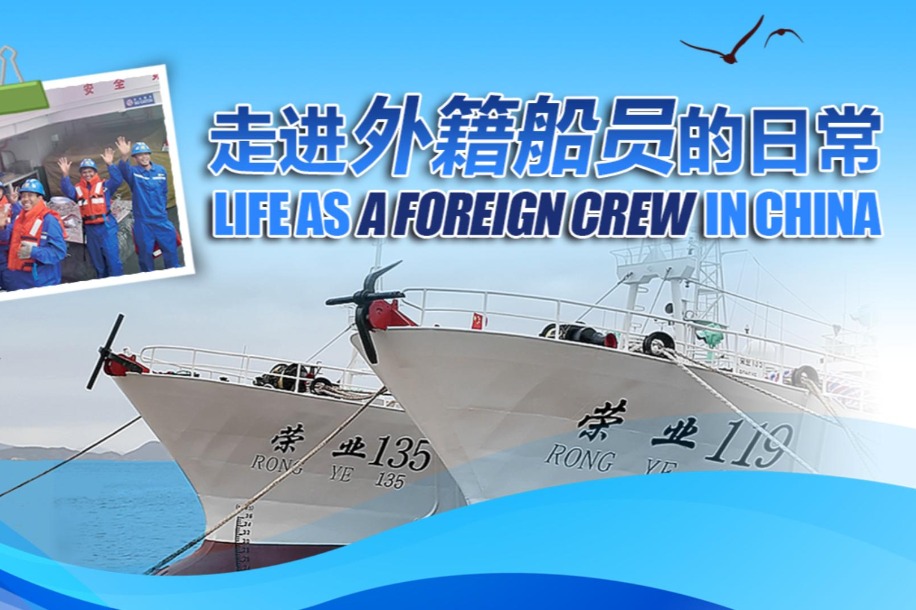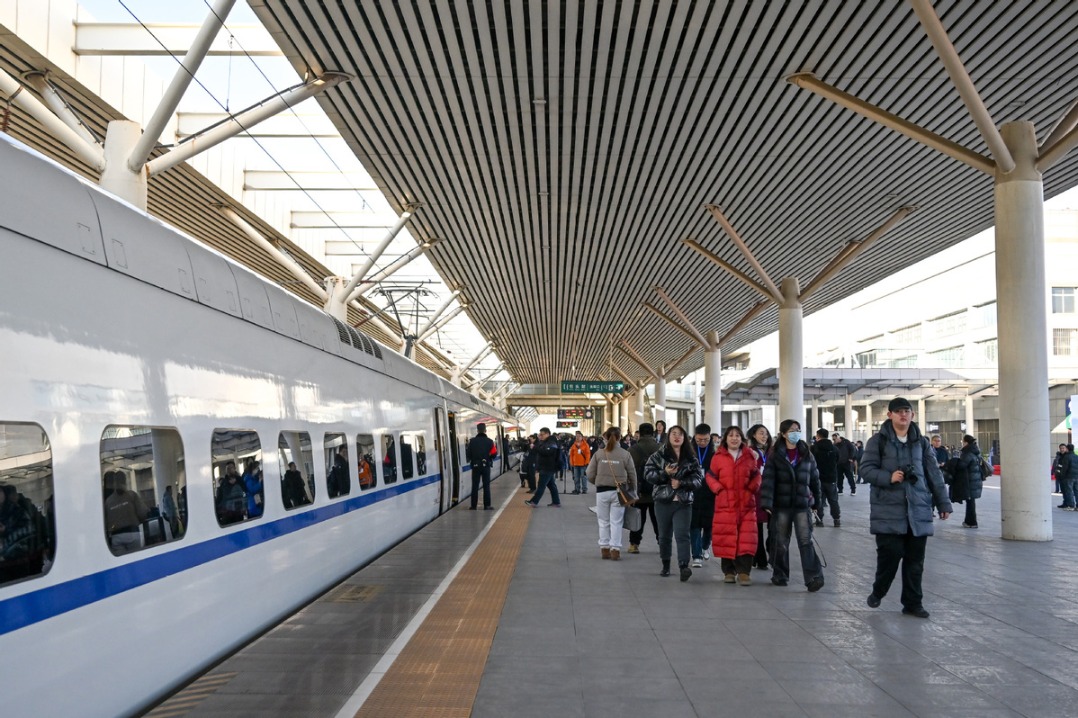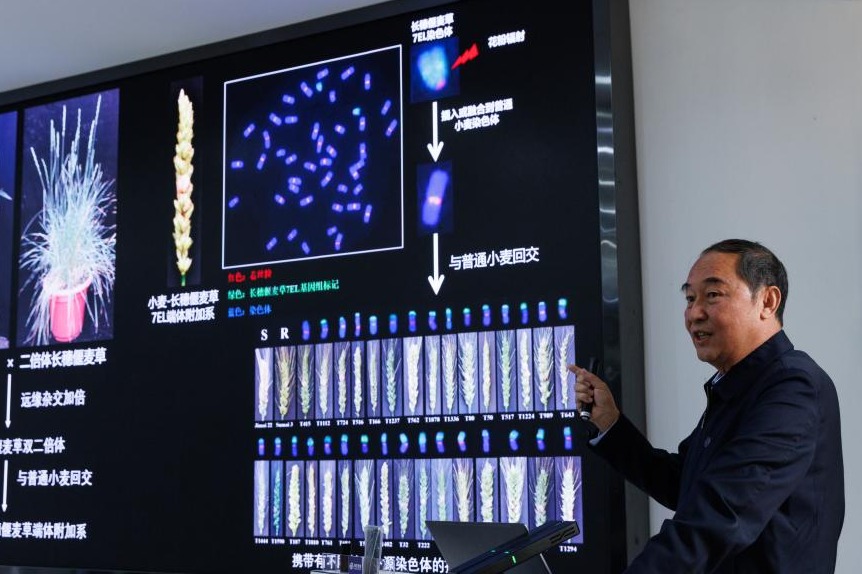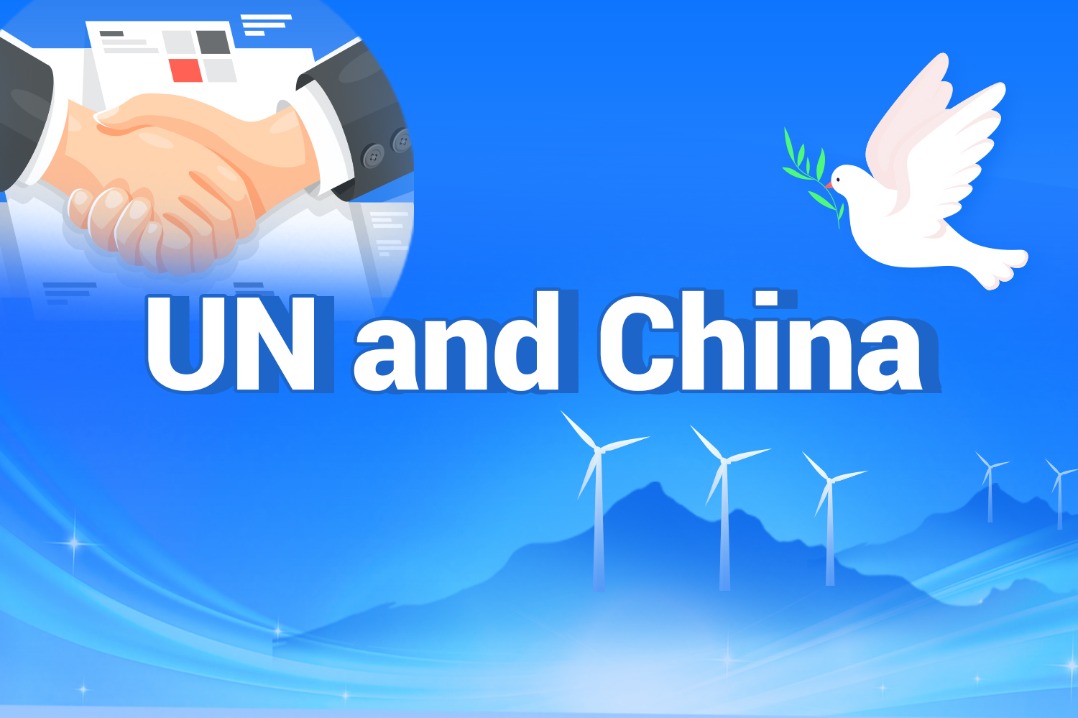Nations' relationship goes back a very long way

Although next year marks two decades of diplomatic ties, China and South Africa have a joint history stretching back hundreds of years
Diplomatic relations between South Africa and China began in January 1998. Thus, on January 1 next year the two countries will be celebrating the 20th anniversary of relations. The occasion offers an opportunity for a review of engagements over the past two decades. However, instead of reeling off a list of engagements, it is worthwhile looking at underlying factors, such as economic and cultural dimensions.
Historically, the Africa-China engagements were most pronounced in the 15th century, when Admiral Zheng He led voyages from China to the East African coast. These voyages ended during the Ming Dynasty (1368-1644) and a hiatus in contact ensued. It is often assumed that contacts resumed only after 1949, when the People's Republic of China was established. Among African countries, South Africa is unique in this respect because the first wave of Chinese immigration into the country began in the 19th century and continued through to the early 20th century, going on to intensify in the present day. Probably the first wave of "small" Chinese migrations to South Africa was in the 17th century with the establishment of the Dutch East India Company, and in the 18th and 19th centuries in the era of the Boer Republic and British colonies. These Chinese immigrants sought to make a fortune from gold and diamonds.
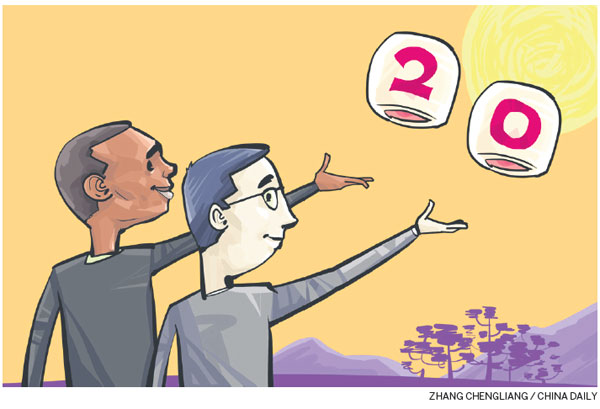
The second wave constisted of 63,695 indentured contract laborers who were brought into South Africa between 1904 and 1907 to work in the newly discovered diamond (1876) and gold (1886) mines. They lived in dire conditions, most of them being repatriated back to China by 1910 in the era of the Union of South Africa regime. The indentured laborers of the second migration wave were mainly from northern China but, at the same time, there was a concurrent arrival - estimated at about 3,000 - of free Chinese, mainly from the southern Guangdong province of China. These were Cantonese people seeking to trade in minerals. The descendants of the Chinese who settled in South Africa from these two migration waves are now third-and fourth-generation South Africans and have come to be referred to as South African Born Chinese

The third wave, consisting mostly of immigrants from Taiwan (and some from Hong Kong), started arriving in the 1970s and in the 1980s. This was essentially a result of apartheid South Africa's economically driven relaxation of stringent regulations for some Chinese immigrants.
The fourth and ongoing wave of Chinese immigrants started arriving after the winding down of apartheid from the early 1990s, and especially with the opening up of diplomatic relations in 1998. This wave has witnessed the arrival of the highest number of Chinese migrants ever.
South Africa has one of the largest and oldest Chinese communities in Africa and is a magnet for continuing migration. Scholars put the Chinese population in South Africa at around 300,000.
In his best-selling autobiography, A Long Walk to Freedom, former South African president Nelson Mandela writes that Walter Sisulu (the late South African liberation leader) led African National Congress youth league visits to Beijing in the 1950s and 1960s and eventually ANC fighters were trained in China. Once restored to its UN Security Council membership in 1972, the People's Republic of China voted time and again against the apartheid regime. In 1982, ANC leader Oliver Tambo met with then-premier Zhao Ziyang in Zambia and Chinese support for the South African liberation efforts was routed via the South African Communist Party, which was and remains an important alliance member of the ANC.
China was one of the first countries Mandela visited on his whirlwind global tour after release from jail in 1990. In 1996, Mandela announced that South Africa would recognize the People's Republic of China. Thus, the year 2018 marks the 20th anniversary of relations.
After the 1998 establishment of bilateral relations, reciprocal visits became frequent. President Mandela made the first official visit to Beijing in 1999. President Thabo Mbeki followed in 2001, and again in 2006 during the Beijing FOCAC Summit; President Jacob Zuma first visited in 2010. Former president Jiang Zemin visited Pretoria in 2000, then-president Hu Jintao in 2007 and President Xi Jinping in 2013 during the fifth BRICS Durban summit and in 2015 during the Johannesburg summit of the Forum on China-Africa Cooperation.
President Zuma has made two recent visits to China, one in 2016 during the G20 Summit in the picturesque Chinese city of Hangzhou and again in 2017 in the southern China city of Xiamen for the ninth BRICS summit.
The author is a senior lecturer at the University of the Witwatersrand and Research Associate, Wits Africa China Reporting Project. The views do not necessarily reflect those of China Daily.
(China Daily Africa Weekly 12/01/2017 page13)
Today's Top News
- Five continents, five rhythms in 2025
- Lawmakers review draft law to expand childcare services
- China's new-style tea brands find a hot new market in US
- Xi extends congratulations to Chilean president-elect
- Japan urged to stop provocative moves
- Shanxi ends province-wide blanket fireworks ban

















